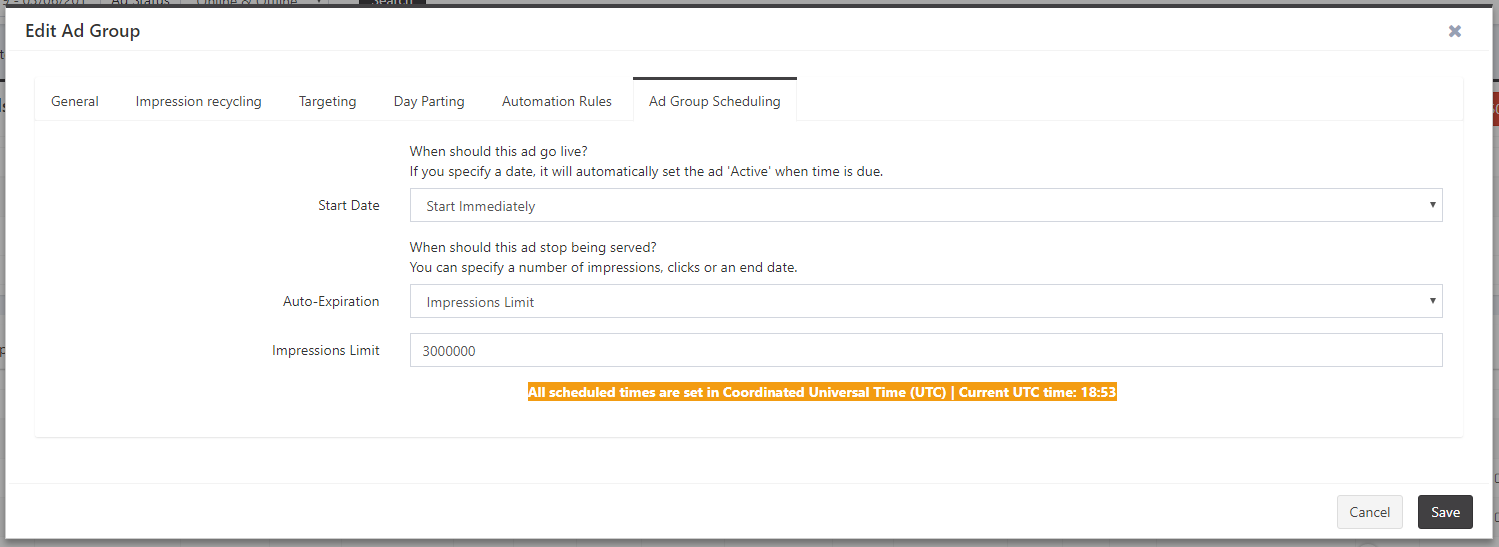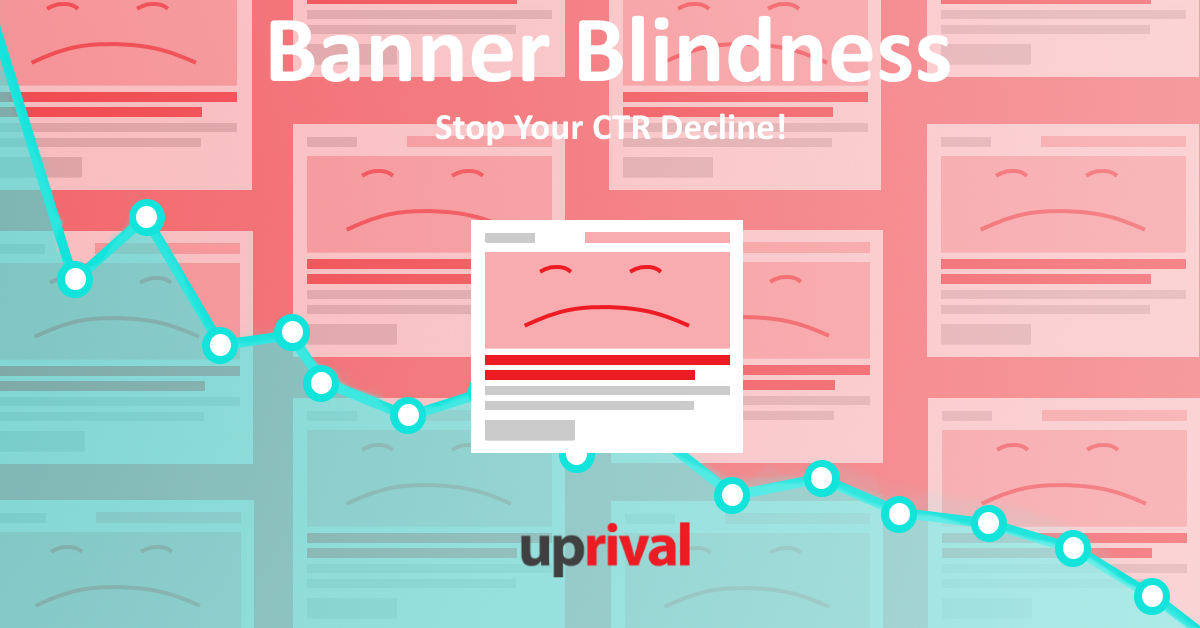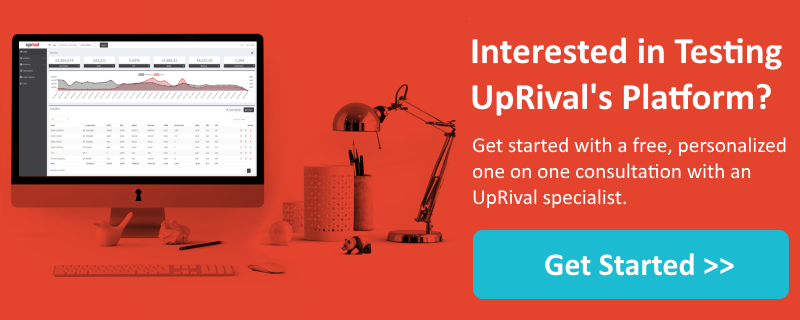What’s The Difference Between Ad Scheduling, Dayparting & Ad Frequency?

In the digital advertising world, it is essential to understand the difference between Ad Scheduling, Dayparting, and Ad Frequency, so that you can maximize the effectiveness of your ad spend. To successfully incorporate these elements into your advertising, you must first understand the definition of each.
Ad Scheduling – An ad schedule allows you to display an ad or set of Facebook or Google ads, for a selected date range, number of impressions, or number of ad clicks during peak times. Once the end date comes, or the number of clicks impressions is met, the ad will shut off.
Dayparting – Is a targeting feature that allows marketers and advertisers to get the most out of their budget by scheduling ads to go live at ideal time slots – whether it’s the most productive day of the week or the least costly time of day.
Ad Frequency – Controls the number of times your target audience sees an ad during a specific period of time. For instance, you can set a display frequency for someone to see an advertisement or group of ads three times within 24 hours.
Based on those definitions, you can see that dayparting and ad frequency are features aimed to help you optimize your campaigns by providing the ability to display the right ad campaigns to the right people at peak hours. Ad scheduling focuses’ more on setting up the duration for how long a specific ad, or ad group, will display.
There are many situations, if not all, where utilizing one or more of these features will get you the most out of your campaigns.
Ad Scheduling
How To Use Ad Scheduling In Your Advertising
In UpRival’s platform, “Ad Scheduling” is mostly used by Ad Networks and Publishers who have advertisers, or other companies, who are paying them to run their traffic, or, to buy ad space on their website or websites.
An example of this would be: Company A is selling ad space on its website, and Company B wants to buy $5,000 worth of ad space to market their product. Let’s say that Company A sells its ad space at a CPM rate of $1.66, which would give Company B 3,000,000 impressions. In UpRival’s platform, you can set Company B’s ads to show 3,000,000 times, and then automatically shut off. (See screenshot)

As you can see from the screenshot, there are just a few fields to fill out, and then UpRival does the rest.
Ad scheduling is also a great way to test out new ads that will automatically shut off after a pre-set time frame, clicks, or impression limit. From there, Uprival allows you to analyze the data collected, to make an educated decision as to whether you want to leave the ad turned off, or set it on full-time display. There are a lot of use cases for ad scheduling – the only limit is your imagination.
Dayparting
How To Use Dayparting In Your Advertising
Using an ad server to set up dayparting requires a different approach, as opposed to using the dayparting strategy through your DSP or traffic source. When you set up dayparting with a DSP or traffic source, you are scheduling ads to serve only at specific times of the day or within the week on your website or social media site. However, when setting up a dayparting schedule with a third party ad server, such as UpRival, you are segmenting your active traffic to serve a specific ad set to a particular user, based on the prime time of day or the day of the week. This schedule can depend on your daily budget for an ad, so make a bid adjustment when using a dayparting strategy for your ad campaign.
For example: Let’s say you sell a product online, and most of your purchases happen on the weekend. Instead of shutting down your traffic during the week, dayparting with Uprival allows users to test different angles with your mobile advertising. Perhaps, test traffic which offers a higher discount on the product or approaches a perspective that’s designed to capture emails instead – that way, you can use the emails collected to retarget customers.

UpRival software provides the most effective, profit-driven dayparting features available on the market today. UpRival clients can set up an ad group or ad level, in addition to the many unique capabilities of our software, which opens endless creative possibilities for your dayparting settings.
If you are attentive and persistent, you’ll find that there are numerous ways to use dayparting powerfully within your advertising campaigns.
Ad Frequency
How To Use Ad Frequency In Your Advertising
Ad frequency is, hands-down, one of the essential parts of a prosperous digital advertising campaign. Here are the top two main reasons why ad frequency matters:
- Banner Blindness
The problem with showing the same display ad over and over again is that after a while, the brain naturally develops a “self-defense mechanism” – that filters out that repetitive banner ad from other content displayed on any given webpage. Research shows that identifying the same banner ad will subconsciously filter that content when the brain recognizes a website’s specific positions. So, you have to be very creative, always testing new ad images, text, and angles to help keep a user engaged!
- People Get Irritated
Have you ever heard someone say, “Yeah, I love seeing the same ad over and over again!”?
Yeah…me either.
Think about this for a moment: You’ve seen the same ad 5, 6, 8 times. If you were interested in the ad, don’t you think you would have clicked on it by now? It’s a fact: If you’ve displayed the same ad, multiple times, to the same people (who still haven’t clicked on it), they are probably just not interested. The problem with this method is that you’ll be paying for a lot of traffic, but getting nothing of value out of your ad costs. In a case like this, you aren’t reaching more people. You are reaching the same audience over and over again. That is precisely why testing different images, text, and especially ad angles, are so important.

So, what’s the ideal “maximum frequency” you should set for each ads? The answer is that it will vary from company to company, varied verticals, and whether you’re selling products or services. There are no “one-size fits all” when it comes to ad frequency. That said, we suggest keeping your frequency conversion rate to no more than eight over 30 days – this is a good starting point for ad exposure. However, do not forget to optimize your ads by analyzing the data our software gathers for you over each month.
Conclusion
If you haven’t put these different features into practice with your digital advertising and would like to discuss how you could implement UpRival’s powerful tools to get the most out of your ad spend, contact us to schedule a consultation with one of our experts today! Let us show you how these, and UpRival’s many other revenue-driven features, will help you maximize your ad spend, save you time and money, and significantly increase your CTR and ROI. All in one dynamic platform.

